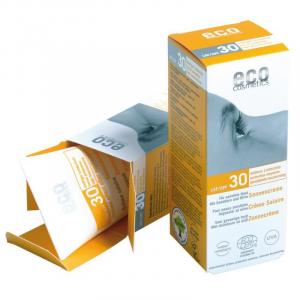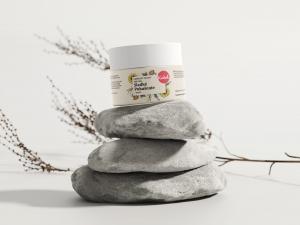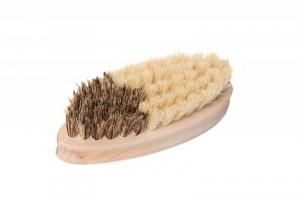Monascus purpureus
Other names: Red yeast rice, Red kojic rice, Red koji, Hong Qu Juin, Monascus albidus, Monascus anka , Monascus araneosus , Monascus major , Monascus rubiginosus, Monascus vini
Harm score: 1 (Natural substances)
Monascus purpureus is a species of fungus in the Schizosaccharomycetaceae family. It is a specific species of fungus that is characterized primarily by its red to purple colour and grows on rice, grain and other types of granular substrates. Earlier systematic names for this species are Monascus albidus, Monascus anka, Monascus araneosus, Monascus major, Monascus rubiginosus and Monascus vini, among others. Alternative names include Red yeast rice, Red kojic rice, Red koji and Hong Qu Juin, which derive from various linguistic translations associated with the coloured rice substrate. This type of mushroom is an indispensable tool for many cultures in the production of classic dishes.
Its use is mainly in the food and pharmaceutical industries. It is an important producer of pigments and enzymes, which is mainly used in the production of food products. It is added to food only during final processing, when it adds its typical colour and flavour. Monascus purpureus is most commonly found in Asian cuisine, where it is used to colour fish, tofu, cheese, meat, rice, beer and wine. In China, Monascus purpureus makes the production of traditional red rice wine possible. In the pharmaceutical industry, this mushroom is used to produce cholesterol-lowering drugs, as it produces substances that act as statins. Statins are drugs that lower cholesterol levels in the blood and thus contribute to the prevention of cardiovascular disease. Of course, the uses of Monascus purpureus are not limited to the areas of drugs and food. It is an important component of natural cosmetic products and also serves as a model organism in various scientific studies.
You won't find this substance in our products. Try the natural, chemical-free products in our range.

Sunscreen SPF 30 BIO (75 ml) - 100% natural, with mineral filters
Product detail
Sugar Body Scrub - Sweet Temptation 150 ml
Product detail
Thick moisturizing body cream - Touch of Nature 100 ml
Product detail